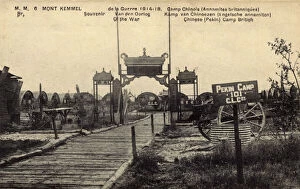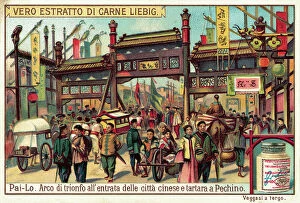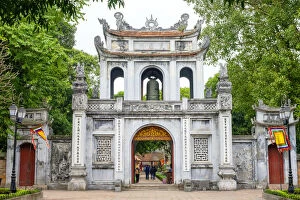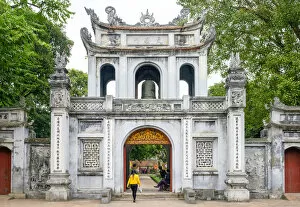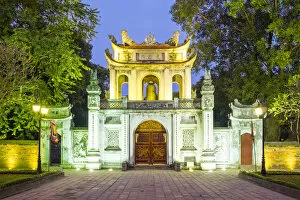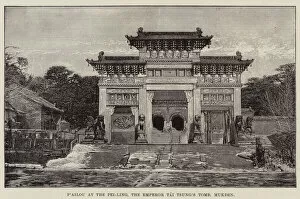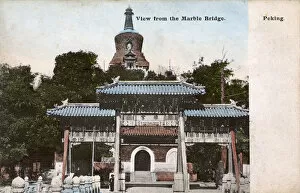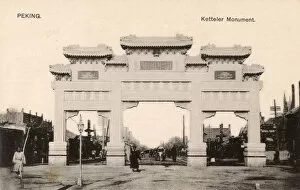Pailou Collection
"Pailou: A Timeless Symbol of Cultural Heritage and Transcending Borders" Step back in time to the early 20th century, amidst the chaos of World War I
For sale as Licensed Images
Choose your image, Select your licence and Download the media
"Pailou: A Timeless Symbol of Cultural Heritage and Transcending Borders" Step back in time to the early 20th century, amidst the chaos of World War I, where a unique connection between East and West emerged. Pekin Camp, also known as Camp for Chinese Labour Corps, became a melting pot of cultures as Chinese workers joined forces with European allies. Amidst this historical backdrop stands an iconic structure - the pailou. Originating from China's ancient traditions they can ornate archways that symbolize prestige and honor and can be found not only in Beijing but also across various regions such as Xianxian and Hong Kong. These traditional paifang archways serve as gatekeepers to important landmarks or neighborhoods. One such landmark is the Temple of Literature entrance gate in Dong Da District, Hanoi, Vietnam. As you walk through its majestic pailou gate, you can almost feel the weight of history on your shoulders. It transports you to another era when scholars sought knowledge within these sacred walls. Even at nightfall, the Temple of Literature gate exudes an ethereal charm under moonlit skies. The soft glow casts intricate shadows upon its weathered stones while reminding us that beauty transcends time. In a vintage 19th-century photograph captured in bustling Peking (now Beijing), we catch a glimpse of daily life intertwined with pailous lining busy streets. These arches served not only as architectural marvels but also as symbols representing prosperity and community spirit. Beyond China's borders lies Mukden (modern-day Shenyang), where Emperor Tai Tsung's tomb proudly boasts a grand Pailou at its entrance – Pei-Ling stands tall against changing times yet remains etched in history forevermore. The allure of pailous extends beyond Asia's shores too; Lancashire's Manchester Chinatown showcases their presence even amidst foreign lands like England.

